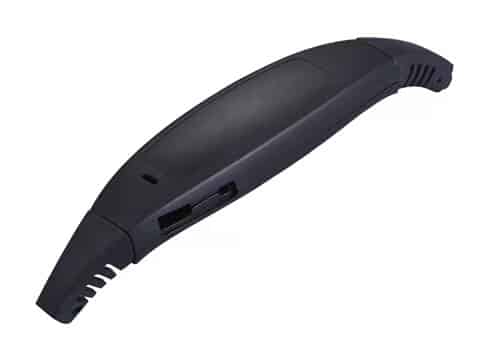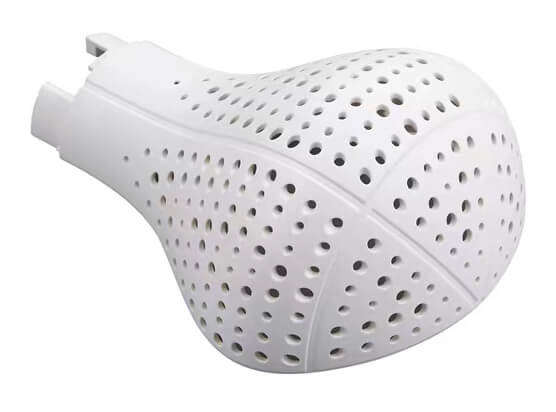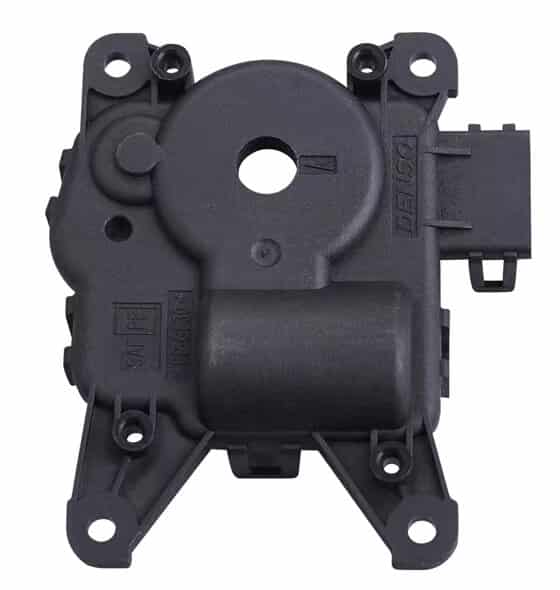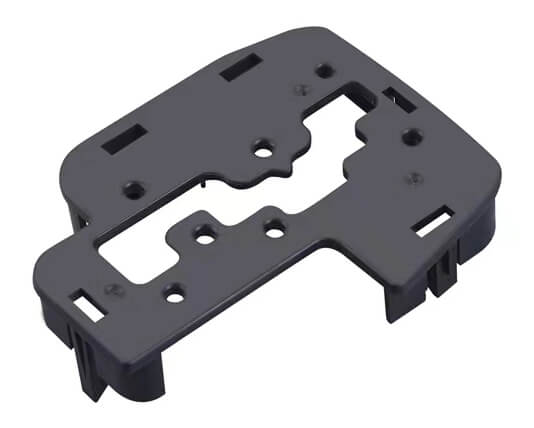







Your product is the result of painstaking design and creation.
A Kickstarter or Indiegogo pitch can be an emotional rollercoaster, especially for those who pour their souls into the campaign.
Well done!
Let’s check our guts now. You didn’t plan out prototyping, manufacturing, cash flow planning until after you’d given the campaign everything you’d got.
Having a great idea, you now want to make it a reality using manufacturing solutions that offer great quality at great prices. This journey will eventually lead you to China, where you will have to think about injection molding manufacturing in China .
In addition to the low costs, human capital and logistics infrastructure available here, there is a reason the whole world comes here to manufacture their products.
It’s tricky to figure out how to manufacture your product in China once you get down to the nitty-gritty. It is crucial to identify the right contract injection molding manufacturing partner as the first step in the process. The choice you make here has the potential to make or break your entire venture, so make sure you make it wisely. How can this be done?
Step 1: Make a shortlist and research it
This cannot be avoided. Using web directories, industry publications, and word-of-mouth, you will need to collect details on as many factories as you can. You can focus your efforts on 10-20 possible options if you prepare a shortlist.
Filtering this list according to some basic criteria may be helpful. Here are some examples –
Geographical factors such as logistics and transportation links or tax regimes can influence your choice of location. Consumer goods are better suited to Guangdong province in the South, while industrial goods are better suited to factories in the North.
Manufacturers with established track records in the same industry as yours are always better to choose.

Step 2: Perform due diligence
The importance of this cannot be overstated. There are plenty of fly-by-night operations and chancers who are glad to fleece those who are uninformed as a result of the ongoing boom in the Chinese manufacturing sector. Your proposed manufacturing partner should address the following key issues at this stage:
Until proven otherwise, assume the vendor is a middleman. Check if they own and operate their own production facility to determine whether they are middlemen or final suppliers. You can be sure that they are middlemen if they fail to name the location where the product is made.
Ensure that their licenses and accreditations are legitimate. Do you have a clear and transparent pricing structure and documentation? Can you tell me about their track record and previous employers? Do they have any certifications? Your answers to these questions will help you separate the trustworthy from the unreliable.
Ensure that the manufacturer’s capacity matches your needs. If demand is flat, you don’t want to suffer from high minimum order quantities, but you want to be able to scale up production quickly if demand skyrockets.
When communicating with the proposed partner, ensure that language barriers won’t be a problem, especially when complex technical discussions are involved. It is important to keep in mind, though, that polished English skills do not necessarily indicate a partner’s desirable qualities. English is a common language among middlemen and shady operators.
Step 3: In-Person Visit (Whenever Possible)
A visit to China is the only way to confirm what you’ve read on paper. You will have the opportunity to see the factory, the workers, and the equipment where your product will be manufactured, if on-ground reality differs from what was represented to you on paper.
You can also develop a personal relationship with your Chinese business partners, which is crucial to doing business in the country. You will be able to evaluate your partner’s operation when you visit him as a guest, and he will have the opportunity to host you as a guest.
As an alternative, find someone with roots in China who can handle these duties (along with price-checking like a local).
